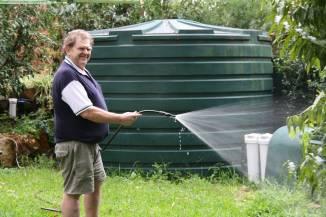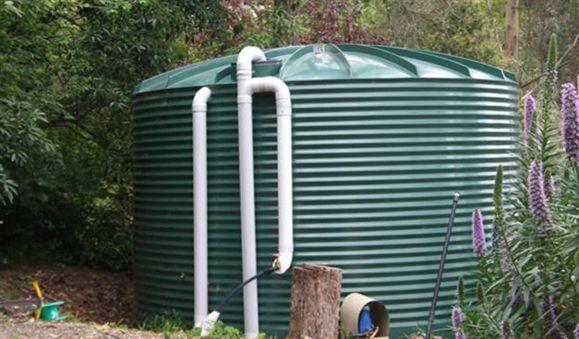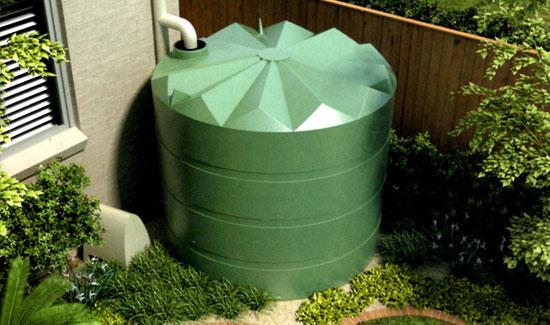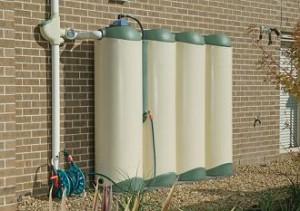The best way to retain nearly 90% of the roof debris from the collection platform is by putting a fine mesh over the gutter. Fix the fine mesh on the roof surface and across the entire rain gutter, this will ensure that most of the debris as well as leafs will be blown away by the wind action and will ensure a quicker drying of the gutters eradicating possible insect reproduction environments.
You will find several types of water tanks, for example: polyethylene tanks, metal or steel tanks, cement tanks, fiberglass tanks as well as bladders. Their main objective would be to capture and store rainwater for everyday use inside or outside of your residence.
Rainwater helps to reduce as much as 70% the actual mains water necessities for a normal residence when it’s utilized just for laundry, horticulture or toilet flushing, add up some filtering devices or domestic hot water devices and that reduction can be as high as 80%, that should noticeably decrease your water bills. There are several local Councils that already provide rebates to house owners which install rainwater tank systems.
When selecting the size of a rainwater tank you should give some thought to how much water are you presently using for outdoors or if you plan installing a filtration system then you'll need to come up with the average water consume. A five thousand liters tank should be adequate for any family-sized house and it will take care of all common necessities for example irrigation, car washing, etc.





